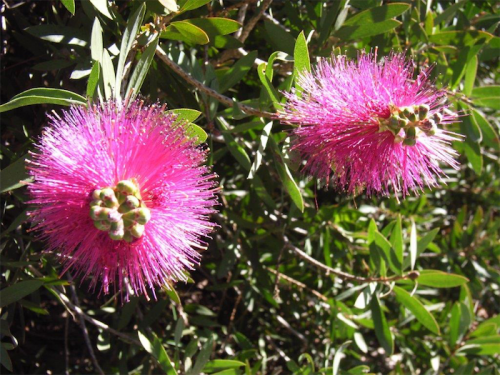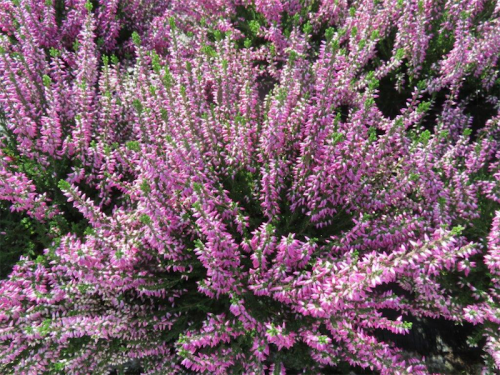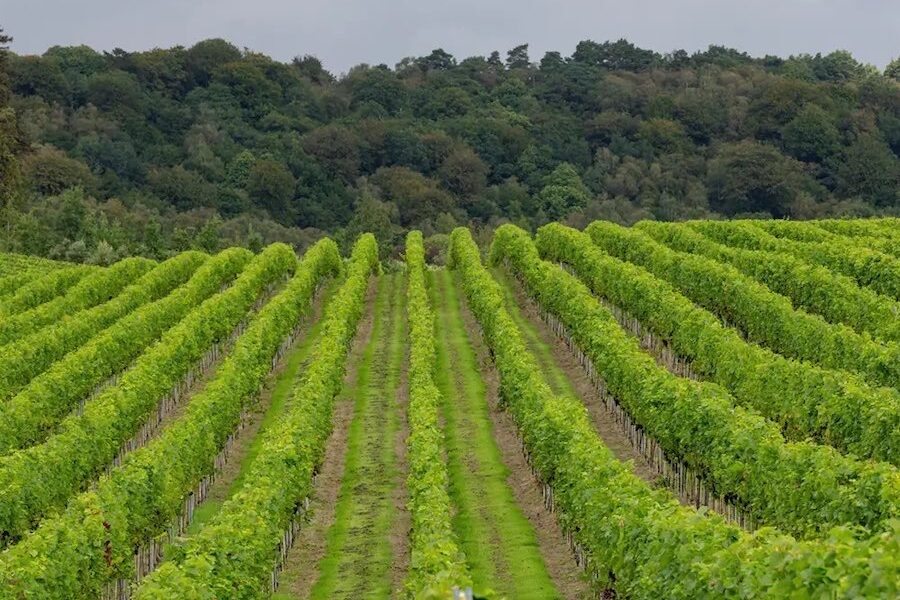
THE range of native plants in flower during the colder months puts a lie to the idea that winter gardens lack interest.

Take for example the wonderful winter-flowering plants of the large correa family; there are 80 varieties listed in Wrigley and Fagg’s book “Australian Native Plants”.
A few examples include Canberra Belle, especially bred by local native plant breeder Peter Ollerenshaw to celebrate Canberra’s Centenary in 2013 and alba, which generally flowers in winter.
One other correa I recommend for its long-flowering period from autumn to spring is Catie Bec, a lower-growing variety to one metre.
Most callistemons (or bottle brush) flower in the spring or summer, but there are exceptions that include pink champagne, which will grow to three metres by two metres. As with most native plants, a light prune after flowering is beneficial. This can be difficult as this plant not only flowers in winter but can also have flowers most of the year.
Westringia fruticosa, with grey leaves and white flowers, appears almost year round. Growing to two metres, Wrigley and Fagg say this is an incredibly hardy shrub that will grow in almost any situation. It is useful as a clipped formal hedge for screening.

AT this time of the year I like to remind gardeners of the winter-flowering value of the ericas and heathers. They can be planted in groups in front of other winter-flowering plants for an additional lift to the garden.
Mostly low growing, they make an ideal border alongside paths and also as an ideal companion plant when grown in combination with conifers.
There are many varieties available here, but I’m not even going to attempt to recommend specific types as, for example, one UK nursery catalogue lists more than 190 varieties and the Royal Horticultural Society list has double that number. In addition to planting in the garden they are popular in pots and hanging baskets.
THE March edition of “The Garden”, the journal of the Royal Horticultural Society, reports that liquids and pellets containing the compound metaldehyde, which is used to kill slugs and snails, will be banned from June in the UK with Environment Secretary Michael Gove saying the chemical poses an unacceptable risk to birds and mammals.
Apart from Multicrop Slug and Snail Killer pellets, other slug and snail pellets sold in Australia contain metaldehyde. From personal experience, I contributed to the death of our cocker spaniel when it ate from a packet containing this product left in our garden. Besides pets and birds, it can kill other native fauna such as blue tongue lizards. Check the product when you buy a slug and snail killer.
Jottings…
- Beware walking under oak trees when acorns are falling. They are slippery on footpaths and can present a hazard.
- When repotting containers, place a layer of charcoal in the bottom. Besides aiding drainage this keeps the soil sweet.
Who can be trusted?
In a world of spin and confusion, there’s never been a more important time to support independent journalism in Canberra.
If you trust our work online and want to enforce the power of independent voices, I invite you to make a small contribution.
Every dollar of support is invested back into our journalism to help keep citynews.com.au strong and free.
Thank you,
Ian Meikle, editor




Leave a Reply